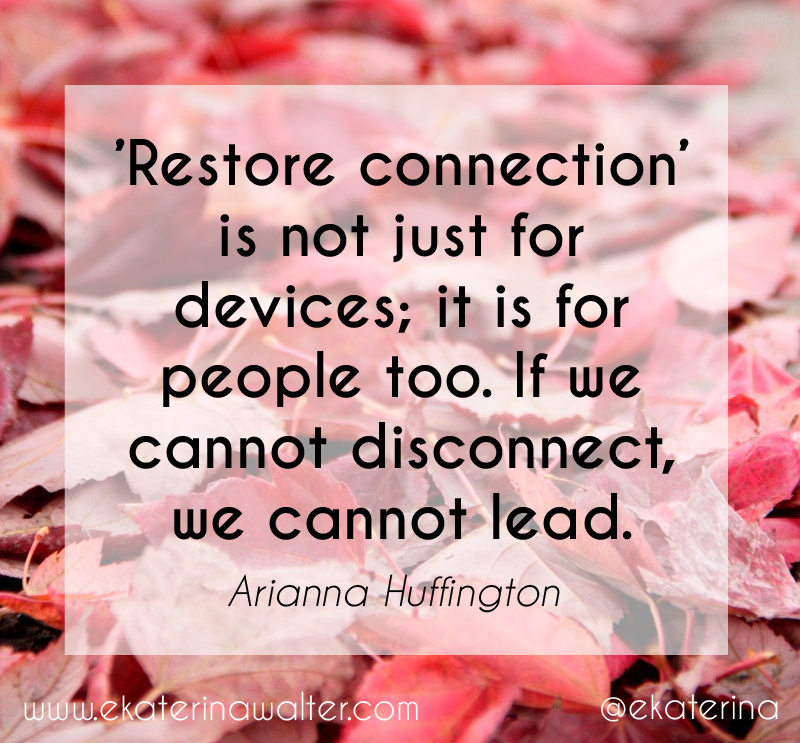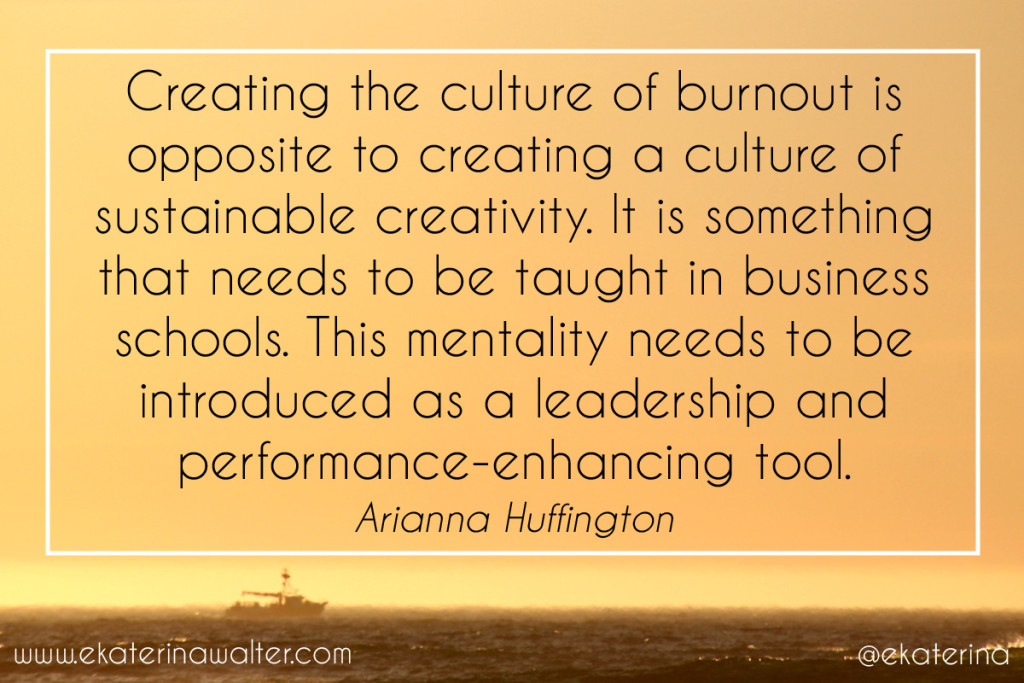Life is full of demands, deadlines, and hustle. And that’s not necessarily a bad thing. But when one exists in the constant state of emergency, one’s mental and physical health pay the price. And it’s not only harmful to individuals, but businesses as well. The World Health Organization estimates that stress costs American businesses $300 billion dollars a year.
Well, the good news is that we can find success while approaching work in a more balanced way. So, in the spirit of making New Year resolutions, here are some ways you can not only reduce stress at work, but increase internal collaboration while doing so.

Start a tradition. For example, bring a head and scalp massager or a stress ball or a punching pad to the office, set it in the central place, and when you notice that some of your colleagues need a break, invite them to use it (or in case of the pad – punch it). This will spark conversations (and probably some laughs) and will start a few jokes around the office. But it will lighten the mood and bring teams closer together. Having a tradition anyone can join in is great for both forcing people to temporarily take their minds off challenges at hand as well as increasing collaboration.
Create a Board of Awesome. Everyone loves to be acknowledged. Designate the space in your office where you can pin the notes with recognition of the little things that your team mates have done for you, funny things that happened in the office, letters of gratitude you have received from your customers, or even funny cartoons you found online. Laughter and being recognized by others not only reduce stress, but the board is as an awesome way to bring everyone together.
Walk. Beyond possessing an obvious benefit of an exercise, walking is a great stress reliever. Some companies, such as Facebook, install treadmills in the office to allow you to walk during phone meetings. I confess that, when working from home, I jump on the treadmill during an occasional meeting. I find that it increases my energy, helps me think more clearly during the brainstorm discussions, and hey, it is a great way to seamlessly get to those 10,000 steps doctors tell us we have to take each day.
Don’t have a treadmill at the office? No problem. Schedule a “walking meeting” with your colleagues. Instead of meeting in the conference room or a café, ask them to take a stroll around the building outside. Fresh air will also help clear your mind and give you an energy boost that you need during the day. And spending more face-to-face time with your team mates will lead to more creative ideas (and even issue resolutions).
It doesn’t necessarily have to be a purely business meeting. It is proven that additional social contact is a good stress reliever because it offers distraction and offers support in times you need it.
Eat right. By eating small but frequent meals, you will help your body maintain an even level of blood sugar, keep your energy up, and stay focused.
Take regular breaks. Though taking breaks every 90 minutes might seem counterproductive, breaks are more important than ever in the environment of constant connectivity. New study shows that brief diversions vastly improve focus and productivity.
Try not to work during lunch hours: use that time to connect with others. Have lunch with few folks on the team who you don’t know very well, with internal partners, or you outside vendors. Establishing that connection and your own network will be valuable in your current projects and your future career moves. And it will serve as a great destruction from your cubicle routine.
Don’t be late. Get in the habit of being early to… everything. If you start your day rushing into the office because you are late for the first meeting or call, you are starting your day stressed before your work day even started. That elevated heart rate and a feeling that something is wrong will haunt you for the rest of the day and will impact your productivity.
Smile. When you smile (or laugh), it not only lightens your mental load but also causes positive physical changes in your body. It also helps others around you lighten up. Plus, everyone likes to partner with positive people who prefer a smile to a frown. And if the day is especially hard, find time to read some jokes, take a look at the Board of Awesome, or hang out with your funny friends during breaks/lunch. This will help you meet any challenge with humor and not only will make your tasks seem easier, but will endure you to your colleagues.
Breathe. Breathing helps release tension and toxins from your body, it calms your mind and your body, it improved posture and strengthens immune system. Correct breathing improves your nervous system, along with a ton of other great advantages I don’t have enough space here to list. Find time to stop and breath (especially on your outside walks). Enough said.
Nap. Yes, nap! Don’t laugh. Napping has been shown to improve learning and memory, boost mental alertness, and increase creativity and productivity. Some of the most successful executives have built power naps into their schedules.

While some companies don’t allow napping at the office (very short-sighted, IMHO), others are starting to realize the benefits of napping. Huffington Post offices, for example, have several nap rooms. In the beginning, when Arianna Huffington first suggested the idea, employees told her that they won’t be caught dead walking into the nap room. Now the rooms are perpetually booked, and several additional nap rooms are opening soon. “It’s time to sleep your way to the top,” Huffington says with a smile. Even a five-minute nap can recharge you and make you more productive and a more pleasant person to be around.
Drop the perfectionist obsession. Sometimes done is better than perfect.
In the end it all comes down to self-awareness and emotional intelligence. By identifying your stress triggers and managing the ones that you can control and not obsessing over the ones you can’t, you can find a better balance in life and, as a result, be a happier and healthier person. And to me, that’s the ultimate nirvana. Wouldn’t you agree?
Originally posted in Forbes

